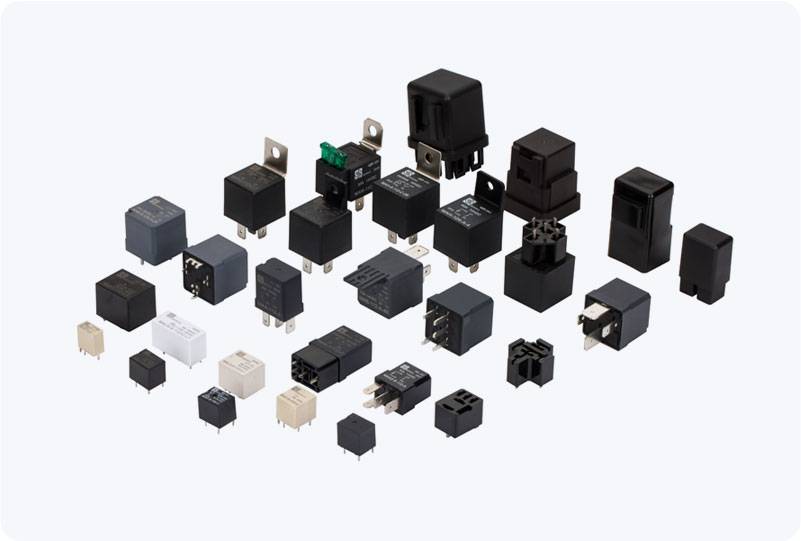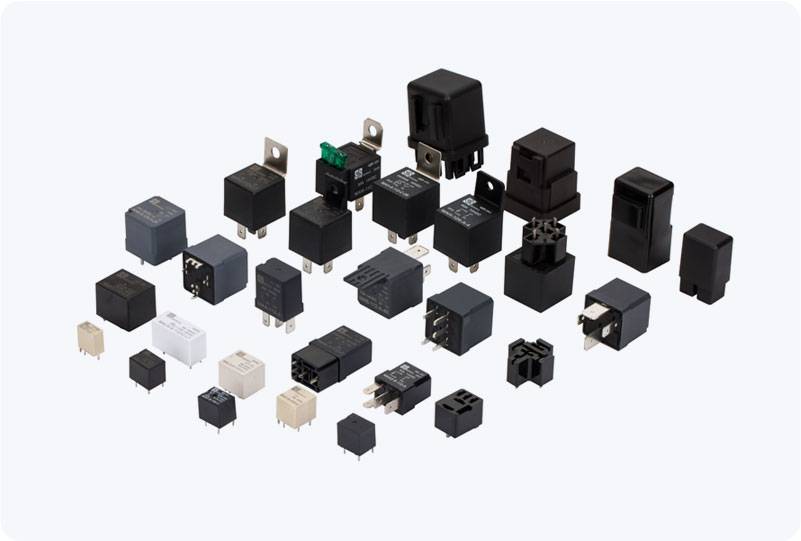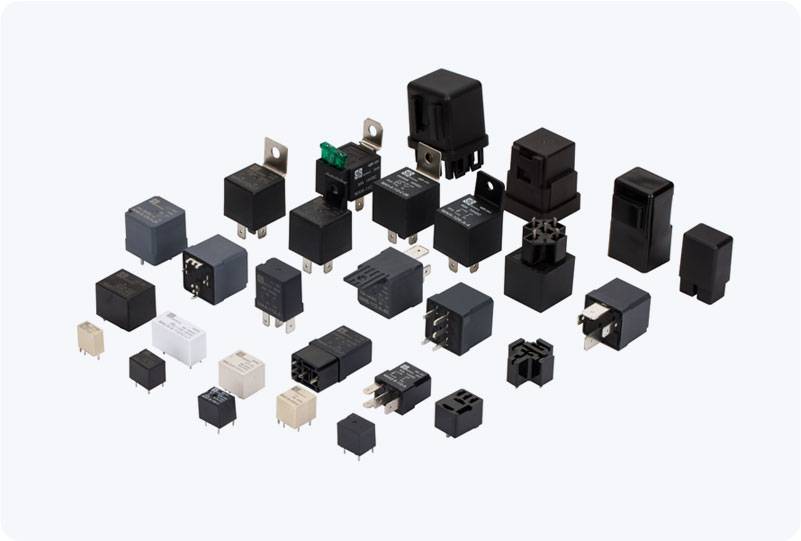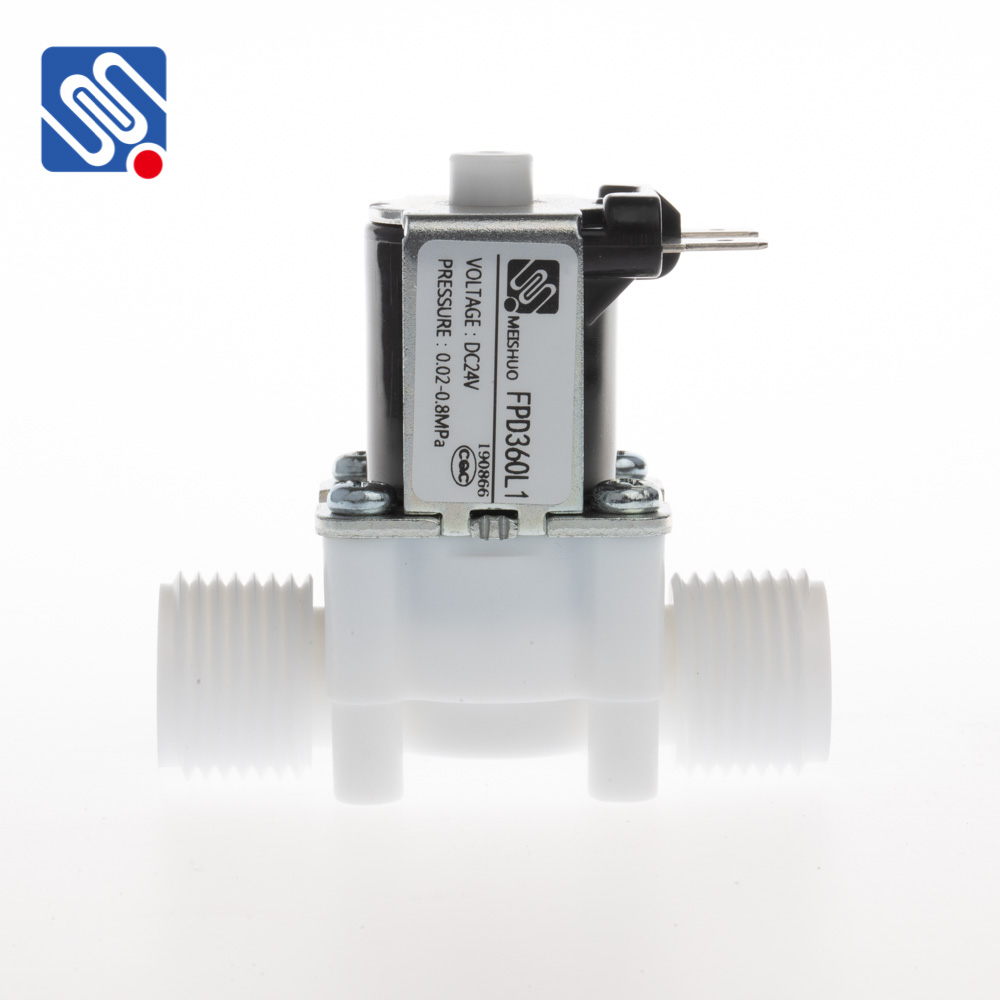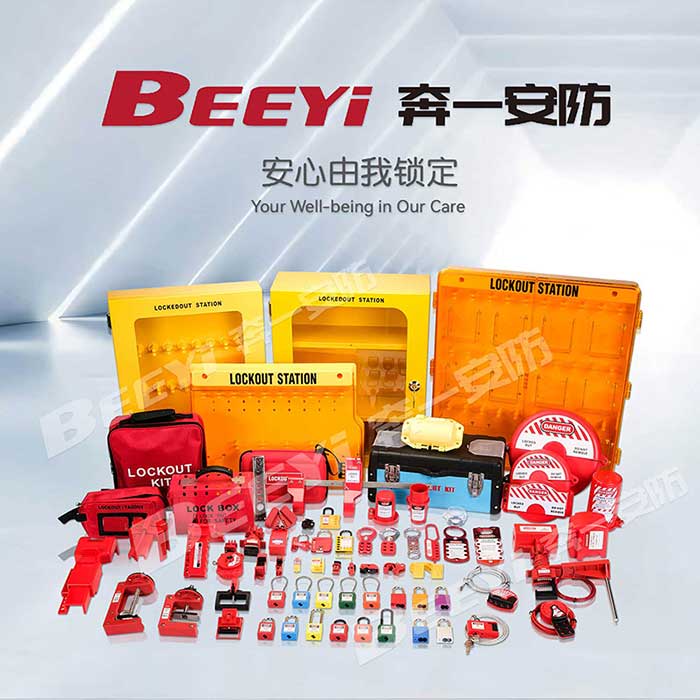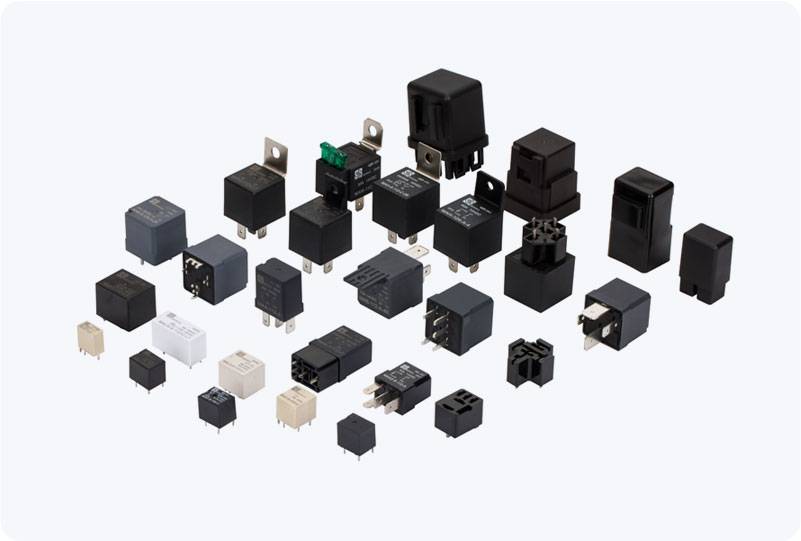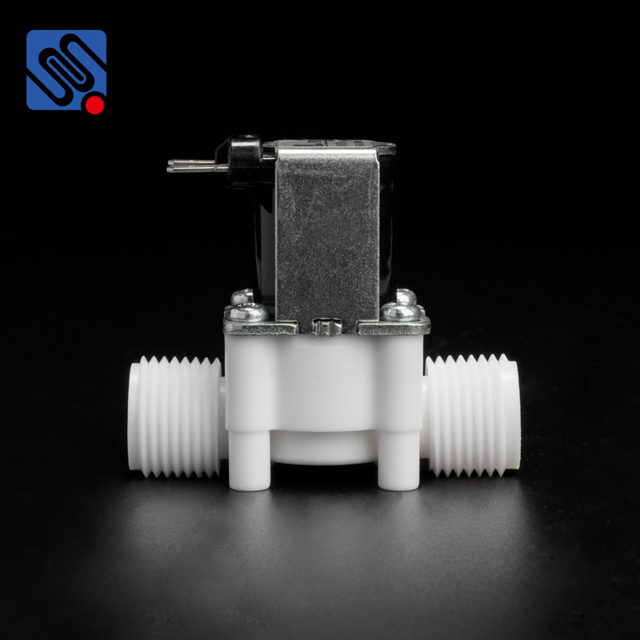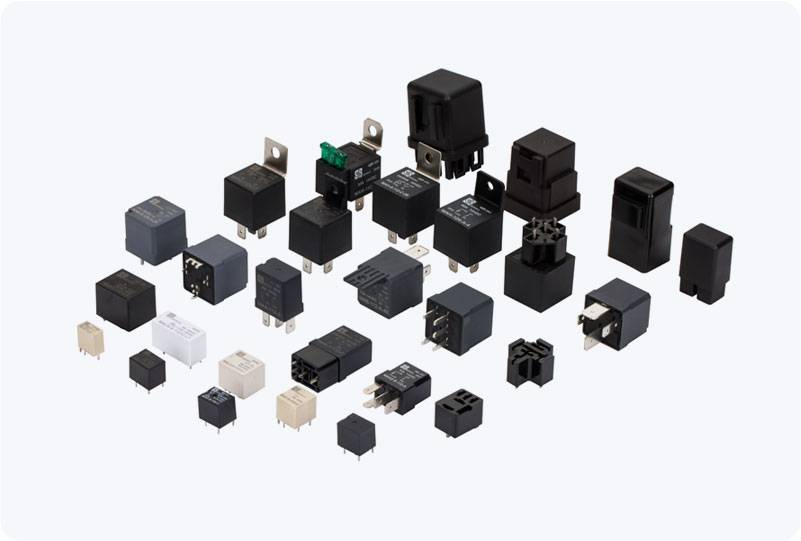IEC 61508 is an international standard that focuses on functional safety for electrical, electronic, and programmable electronic systems. The standard outlines the necessary requirements to ensure the safety of systems that have the potential to cause harm or damage in case of failure, particularly in industries such as automation, oil and gas, chemical, and nuclear power. One critical component in these safety systems is the communication relay, which ensures reliable and secure communication between various parts of the system. To comply with IEC 61508, communication relays must be designed to meet high standards of safety and reliability.
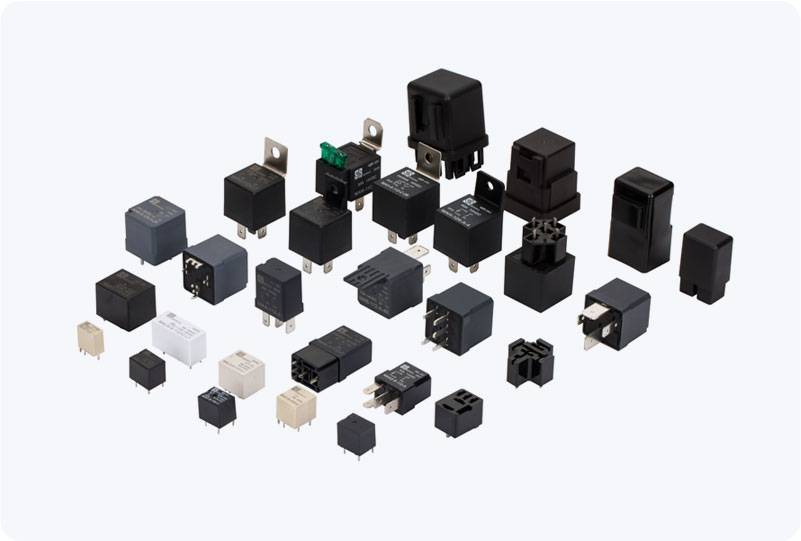
Understanding IEC 61508 Compliance for Communication Relays IEC 61508 compliance refers to the adherence of a system or device to the functional safety principles outlined in the standard. For communication relays, this means they must be designed to detect faults, maintain safe operation during failure conditions, and integrate with other safety-critical systems in an industrial environment. The compliance ensures that even in the event of a malfunction or failure, the system will continue to operate safely without posing risks to human life or property. Key Safety Features of IEC 61508 Compliant Communication Relays
